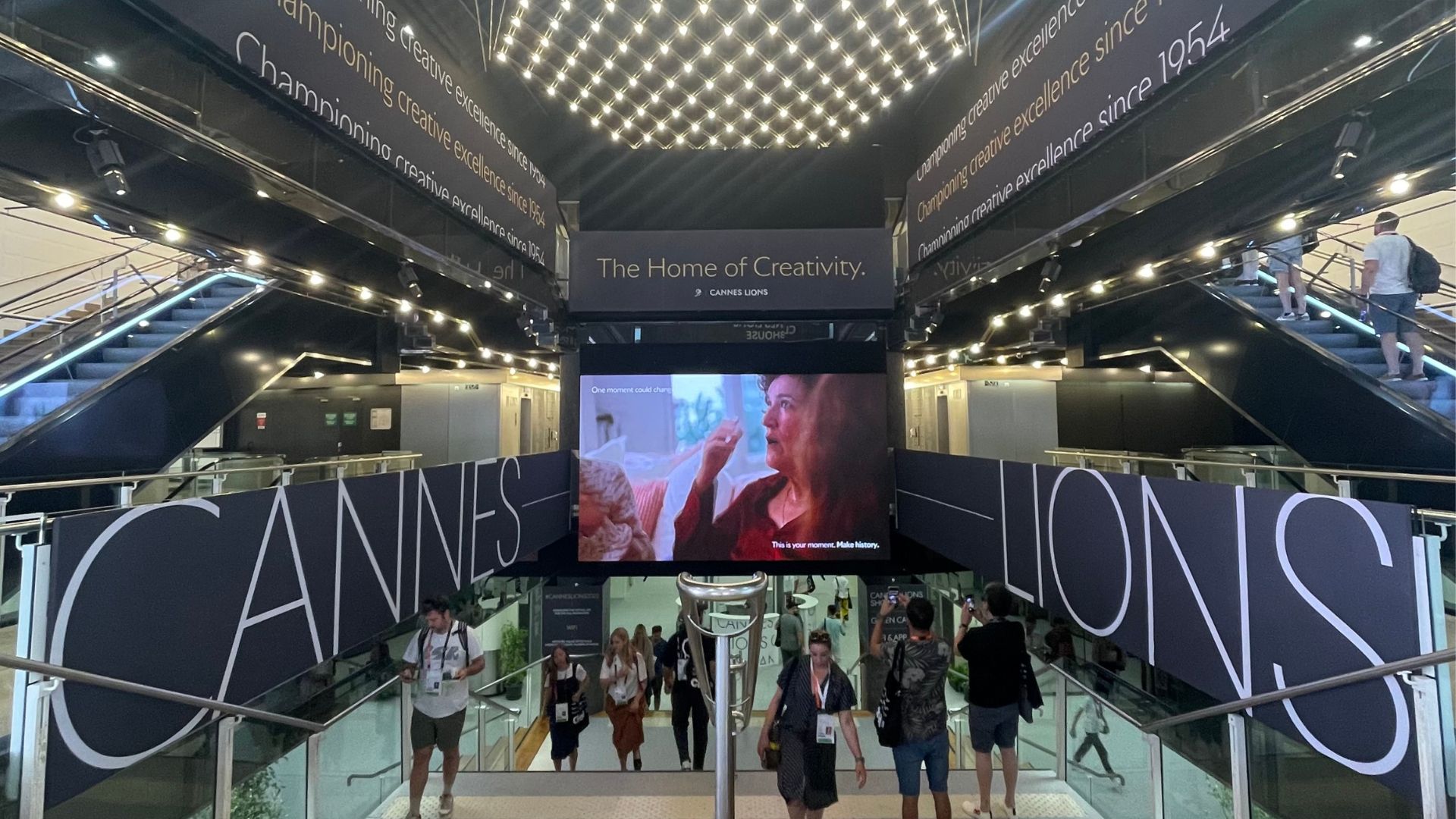 As public relations professionals, we often throw around the word “storytelling.” I have to admit, the word didn’t resonate with me at first; it felt lofty and unattainable. After all, as a media relations specialist, I’m often asked to pitch product launches and campaigns that have a hard start and end date so, in my mind, that left little room for storytelling.
As public relations professionals, we often throw around the word “storytelling.” I have to admit, the word didn’t resonate with me at first; it felt lofty and unattainable. After all, as a media relations specialist, I’m often asked to pitch product launches and campaigns that have a hard start and end date so, in my mind, that left little room for storytelling.
Well, I’m changing my tune… and here’s why.
Recently, a client asked us to take a step back and dig deep into the company’s purpose. You know, the essence of who the brand is and what they stand for.
Two themes emerged—quality and care. Those attributes, above all else, were woven into everything they do—from the products they create to the employees they hire to the causes they support.
Our team then took an even deeper dive to determine how those attributes drove their business and the choices they made. We decided that all (content) roads needed to lead back to the two attributes, and this newly discovered purpose.
We learned that there was so much to tell, yet we were always so laser-focused on the “it” product at the time that the opportunity to speak about the brand’s DNA always alluded us.
Storytelling in public relations doesn’t have to be grand. It can be as simple as finding those one or two attributes that best articulate the essence of a company and discovering ways to link that essence to its current communications strategy.
Ultimately, this method will elevate a brand outside of its competitive set, give new customers a reason to buy and hopefully cement future brand enthusiasts.
Here are three easy ways communicators can begin to define a company’s essence and use storytelling to build equity:
1. Learn everything you can about the company and their industry, e.g., strengths, weaknesses, history, areas of opportunity, reporters who cover the business, etc. This research should leave you with the raw materials that will eventually reveal the root of the company’s DNA.
2. Identify company stories that ladder up to the bigger purpose and the experts you can put forward to articulate and validate the purpose. A brand’s essence needs a voice.
3. Develop relationships with journalists who align well with the brand. Storytelling isn’t about mass awareness, it’s about finding reporters who understand the industry and can elevate a brand beyond it.
While campaigns come and go, a brand’s DNA, and the purpose that drives them, will remain constant—helping to thread a consistent and meaningful story regardless of the specific product launch or trade show in progress (click to tweet).


